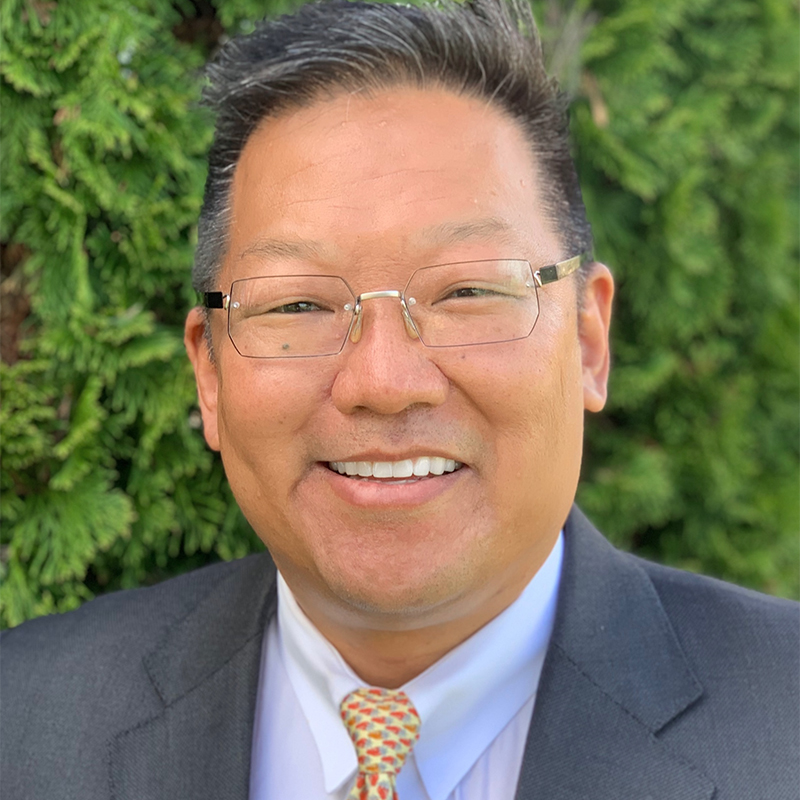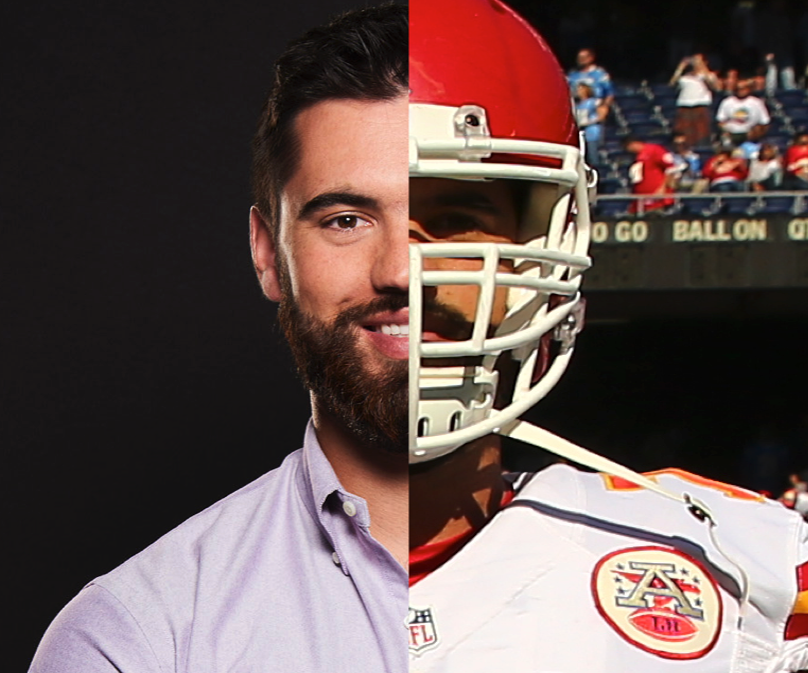
Due to the COVID-19 pandemic, we are forced to postpone the date of the 1TH Edition
The event will take place in May or June 2022.
Details to come
WELCOME TO THE FIRST
KNEE JOINT PRESERVATION SYMPOSIUM
Shaping the Future of Knee Care

OUR SPEAKERS FOR THIS EVENT
The Chair of this meeting: Dr. Michael Suk, Orthopaedic Surgeon, Professor of Orthopaedic Surgery, and Chair of the Musculoskeletal Institute at Geisinger Health System.


CENTRAL PILLAR:
NEW AI-Powered Diagnostic Tools Advancements in pain management New Care model and costs savings
With breakout sessions, opportunities to meet with partners, collaboration across several disciplines, and bonus sessions, the event is expertly crafted to be intellectually stimulating and highly engaging.

PROGRAM
The event will be offered in hybrid mode. It will therefore be possible to participate in person or virtually, if conditions allow.
Featuring special guests!

Laurent Duvernay-Tardif
NFL Player
Diverse insights to address gaps in the current standard of care and how, as forward thinkers, we can provide insight and new perspective.
The Pillars surrounding knee health and transformation of knee conservative care to preserve the knee joint:
Central Pillar: New AI-Powered Diagnostic Tools Advancements in Pain Management New Care Model and Costs Savings
- Pillar 1: Diagnosing Knee Conditions using AI-Assisted Technology
- Pillar 2: Recent advances in Pain Management
- Pillar 3: Integrating Biomechanical Therapies for Positive Patient Outcomes
- Pillar 4: Orthobiologics – What We Know
- Pillar 5: Exploring Collaborations and the Power of Combinations
THE IMPORTANCE OF KNEE HEALTH
1 person out of 5

will experience knee pain
Knee disorders account for a large portion of the orthopedic visits to primary care practitioners, musculoskeletal physicians, and physical therapists.
While some of these disorders are preceded by a single traumatic event, more than often they are attributed to biomechanical dysfunctions. In fact, the development of high prevalence knee conditions such as anterior knee pain, knee osteoarthritis, and patellar tendonitis are directly related to abnormal loading and joint mechanics (e.g. valgus collapse, varus thrust, flexion contracture). Even traumatic injuries, such as anterior cruciate ligament tears, are known to more likely occur in athletes with biomechanical dysfunctions.
Let’s take for example Knee Osteoarthritis
8 years between symptoms apparition and diagnostic1
According to Statistics Canada, almost 8 years elapse between the appearance of the first symptoms of knee osteoarthritis and the diagnosis.
5th Leading global causes of years lost to disability2
2. In High Income Countries – World Health Organization. Global Burden of Disease Report: 2004. Part 3: Disease incidence, prevalence and disability.
65% increase over a period of 20 year, in symptomatic osteoarthritis but no increase in radiographic osteoarthritis3
THIS EVENT IS POWERED BY EMOVI
Our mission is to transform the life of people suffering from knee pain
Headquartered in Laval, Emovi’s mission is to bring solutions to patients for the treatment of knee injuries and knee osteoarthritis. We are motivated every day by a clear goal: to empower patients to regain their active lifestyle as quickly as possible and enable them to improve their quality of life. Through our AI-powered medical devices we strive to deliver consistent results, positive patient outcomes and efficiency in patient workflow.
In partnership with the Quebec university research community, including the CRCHUM, École de Technologie Supérieure (ÉTS), and TELUQ, Emovi developed the new innovative functional tool, the KneeKGTM system, an FDA 510K cleared, Health Canada Licensed and CE Marked medical device. Appropriate for assessing the 3D motion of the knee for patients who have impaired movement functions of an orthopedic cause, the KneeKGTM technique is described as a Knee Kinesiography exam. The KneeKGTM clinical device is intended to support health care professionals (HCP) in understanding biomechanical dysfunctions and, more specifically:
For conservative care
(i) Identifying and quantifying biomechanical markers that contribute to pain and need immediate attention;
(ii) Recommending customized biomechanical correctives (e.g., neuromuscular exercises);
For pre and post surgical applications
(iii) Documenting function and dysfunction for the purpose of surgical planning
(iv) Identifying biomechanical markers that contribute to post-operative biomechanical dysfunction causing residual pain, mechanical symptoms or limited function
